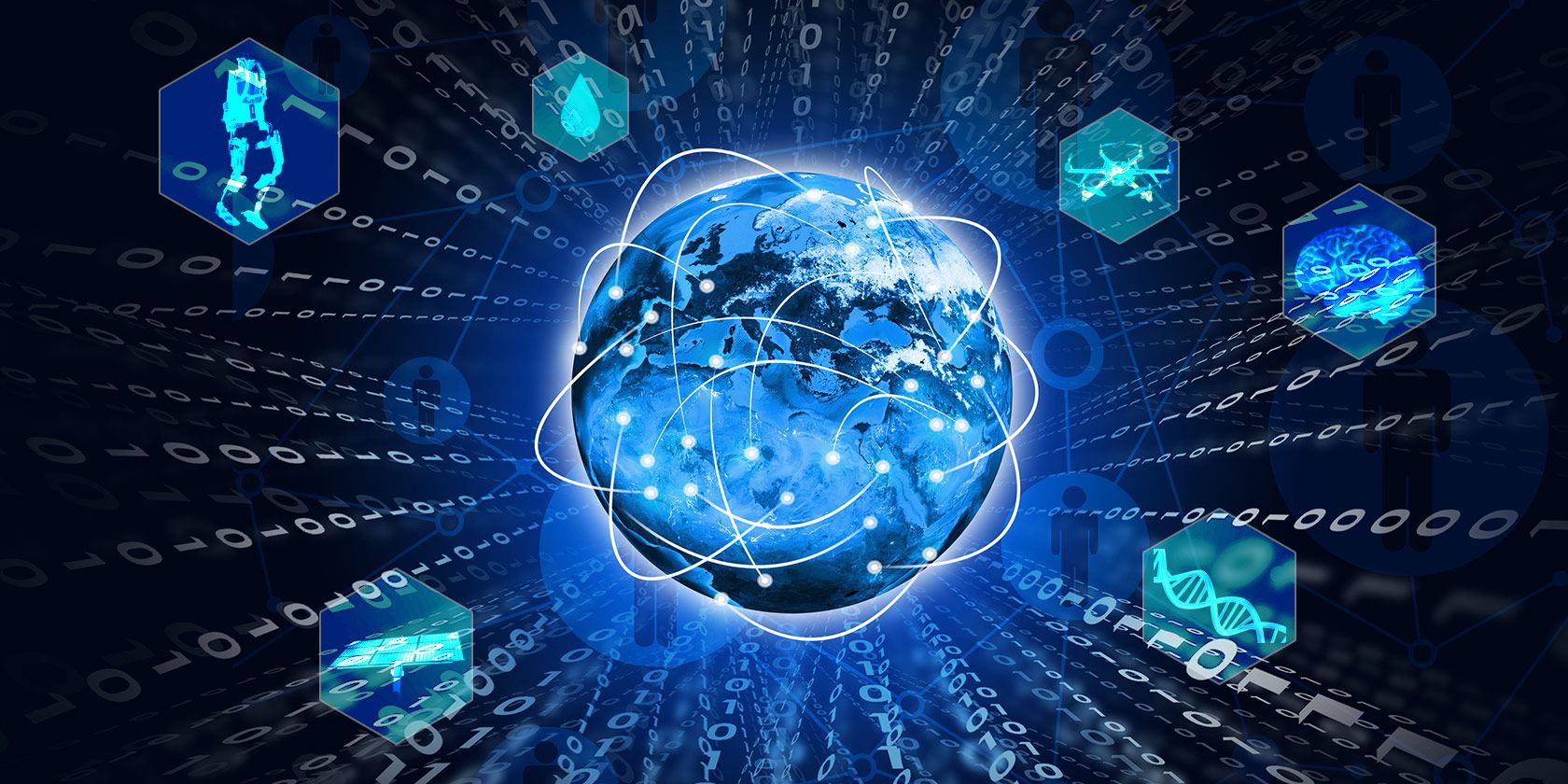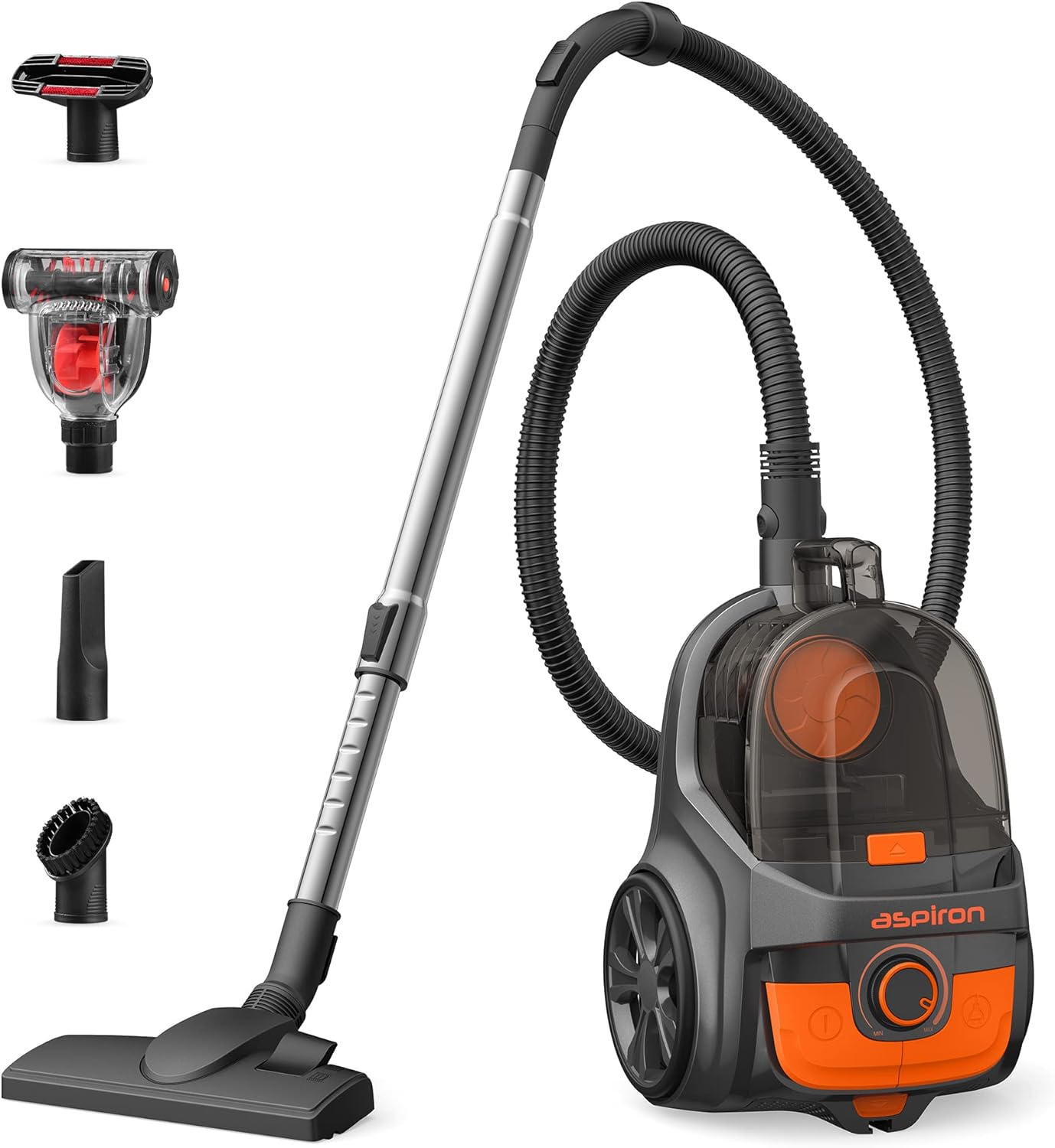Home Computer Security: Complete Protection Guide for Personal Systems
Understand modern computer security threats
Your home computer face numerous security challenges every day. Cybercriminals incessantly develop new methods to infiltrate personal systems, steal sensitive information, and disrupt digital lives. Understand these threats help you build effective defenses.
Malware remain the virtually common threat to home computers. This malicious software include viruses, Trojans, ransomware, and spyware design to damage systems or steal data. Phishing attacks trick users into reveal passwords or financial information through fake emails and websites. Identity theft occur when criminals access personal information store on computers or transmit online.
Network vulnerabilities expose computers to remote attacks. Unsecured wireless connections allow hackers to intercept data or gain unauthorized access to devices. Social engineering attacks manipulate users into compromise their own security through psychological manipulation instead than technical exploits.
Essential software protection measures
Antivirus software from the foundation of computer security. Modern antivirus programs detect and remove malicious software while provide real time protection against new threats. Choose reputable antivirus solutions that offer comprehensive scanning, automatic updates, and behavioral analysis to identify unknown threats.
Firewalls create barriers between your computer and potential network threats. Windows include a build in firewall, but dedicated firewall software provide enhance protection and more granular control over network traffic. Configure firewalls to block suspicious connections while allow legitimate programs to communicate.
Anti malware tools complement antivirus software by target specific types of malicious programs. These specialized tools excel at detect adware, spyware, and potentially unwanted programs that traditional antivirus might miss. Run anti malware scans regularly to maintain system cleanliness.
Browser security extensions add protection layers while surf the web. Ad blockers prevent malicious advertisements from loading, while anti phishing extensions warn about suspicious websites. Password managers generate strong passwords and store them firmly, eliminate the need to remember multiple complex passwords.
Operate system security configuration
Keep your operating system update with the latest security patches. Enable automatic updates to ensure critical vulnerabilities get fix quickly. Microsoft release security update monthly, while other operating systems follow similar schedules. Delay updates leave systems vulnerable to know exploits.
User account control settings prevent unauthorized changes to your system. Create separate user accounts for different family members, grant administrator privileges alone when necessary. Standard user accounts limit the damage malware can cause if infections occur.
System restore points allow recovery from security incidents or system corruption. Create restore points before install new software or make significant system changes. Regular backups protect against data loss from ransomware attacks or hardware failures.
Disable unnecessary services and feature that increase attack surfaces. Turn off file sharing, remote desktop access, and other network services unless specifically need. Remove or disable unused software that might contain security vulnerabilities.

Source: blog.tcitechs.com
Network security best practices
Secure your wireless network with strong encryption and authentication. Use wpa3 encryption when available, or wpa2 as a minimum standard. Change default router passwords and network names to prevent easy identification and access by attackers.
Guest networks isolate visitor devices from your main network and connected devices. Configure guest access with limited bandwidth and time restrictions. This separation protect your primary devices yet if guest devices become compromised.
Virtual private networks encrypt internet traffic and hide your location from potential eavesdroppers. VPNs prove specially valuable when use public wireless networks in coffee shops, hotels, or airports. Choose reputable VPN providers with strong encryption and no log policies.
Monitor network activity for unusual patterns that might indicate security breaches. Many routers provide basic monitoring capabilities, while dedicated network monitoring tools offer more detailed insights into connect devices and traffic patterns.

Source: tipsmake.com
Data protection and privacy strategies
Encrypt sensitive files and folders to protect against unauthorized access. Windows BitLocker and third party encryption tools scramble data so it remains unreadable without proper authentication. Encrypt external drives and backup media for comprehensive protection.
Regular backups ensure data recovery after security incidents or hardware failures. Follow the 3 2 1 backup rule: maintain three copies of important data, store them on two different media types, and keep one copy offsite. Cloud storage services provide convenient offsite backup options.
Secure file deletion prevent data recovery by overwrite storage locations multiple times. Simple file deletion simply removes directory entries, leave actual data recoverable with specialized tools. Use secure deletion utilities when dispose of sensitive files or old computers.
Privacy settings in operating systems and applications control data collection and sharing. Review and adjust these settings regularly, as software updates sometimes reset privacy preferences to default values that favor data collection over user privacy.
Safe computing habits
Exercise caution when download and install software. Obtain programs exclusively from official websites or trust software repositories. Read installation prompts cautiously to avoid bundle adware or unwanted programs that oft accompany free software.
Email security require skepticism toward unexpected messages, peculiarly those request personal information or urgent action. Verify sender identities through independent communication channels before respond to suspicious requests. Avoid click links or opening attachments from unknown senders.
Web browse safety involve recognize legitimate websites and avoid suspicious links. Check website URLs cautiously for misspellings or unusual domains that might indicate phishing attempts. Look for security indicators like HTTPS encryption before enter sensitive information.
Software update extend beyond operate systems to include applications, browser plugins, and device drivers. Outdated software contain know vulnerabilities that attackers actively exploit. Enable automatic updates when possible, or check for updates hebdomadal.
Password security and authentication
Strong passwords combine length, complexity, and uniqueness to resist cracking attempts. Use passwords contain at least twelve characters with mixed case letters, numbers, and symbols. Avoid dictionary words, personal information, or predictable patterns that automate tools can guess.
Multifactor authentication add security layers beyond passwords exclusively. Enable twotwo-factorthentication on all accounts that support it, use authentication apps instead than smsSMSen possible. Hardware security keys provide the strongest protection against account takeovers.
Password managers eliminate the burden of remember multiple complex passwords while improve security. These tools generate random passwords, store them encrypt, and mechanically fill login forms. Choose password managers with strong encryption and regular security audits.
Regular password changes help limit damage from undetected breaches. Change passwords instantly if you suspect compromise, and update them sporadically for critical accounts. Monitor breach notification services to learn when your accounts might be affect.
Physical security considerations
Physical access controls prevent unauthorized use of your computer. Use screen locks that activate after brief idle periods, require passwords or biometric authentication to resume use. This protection prove valuable if computers are steal or access without permission.
Secure storage protect computers and backup media from theft or damage. Store laptops in lock locations when not in use, and consider cable locks for desktop systems in share spaces. Fireproof safes protect backup drives and important documents from physical disasters.
Device disposal require secure data destruction to prevent information recovery. But format drives leave data recoverable with specialized tools. Use disk wiping utilities that overwrite storage multiple times, or physically destroy drives contain extremely sensitive information.
Environmental protections guard against power surges, temperature extremes, and moisture that can damage computers or corrupt data. Use surge protectors and uninterruptible power supplies to maintain stable power. Ensure adequate ventilation and avoid expose computers to liquids.
Monitoring and incident response
Regular security assessments help identify vulnerabilities before attackers exploit them. Run full system scans weekly, check for software updates, and review security logs for suspicious activities. Many security problems become apparent through systematic monitoring.
Incident response planning prepare you for security breaches or system compromises. Document important account information, backup locations, and recovery procedures. Practice restoration processes to ensure backups work aright and recovery times meet your needs.
Professional assistance become valuable for complex security issues or major incidents. Know when to seek help from computer technicians or cybersecurity professionals. Early intervention oftentimes prevent minor issues from become major problems.
Continuous learning keep pace with evolve security threats and protection methods. Follow reputable cybersecurity news sources, attend local computer user group meetings, and participate in online security communities. Knowledge remain your virtually powerful defense against cyber threats.
Protect your home computer require ongoing attention and multiple layers of defense. No single security measure provides complete protection, but combine technical safeguards with safe computing practices create robust defenses against most threats. Regular maintenance and updates ensure your security measures remain effective as new challenges emerge.



